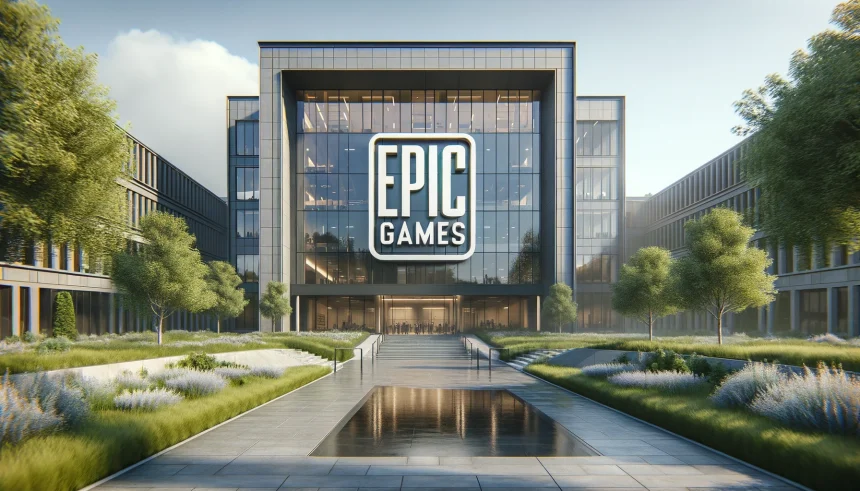The world of video game art has shifted dramatically, according to a leading figure at Epic Games. A conversation on a recent podcast provided new insights into how the creative process and career opportunities for game artists have developed over time. Artists who once entered the industry from diverse academic fields are watching as clearer, more structured pathways emerge—allowing for refined skills, but raising concerns about originality. This ongoing evolution brings forth important questions about innovation and the kinds of influences shaping tomorrow’s hit titles such as Thief: The Dark Project, System Shock 2, and Bioshock. These circumstances also reflect broader trends as creative industries grapple with the tension between tradition, standardization, and the search for unique perspectives.
Earlier reports on Nate Wells’s views often focused on his achievements with Looking Glass Studios and the uniqueness of early industry environments, describing a period when unconventional backgrounds were valued. Now, the discussion emphasizes the transitional nature of the field, pointing to a perceived decline in cross-disciplinary creativity in favor of highly specialized skills. This growing specialization has been mirrored in conversations with other artists across major franchises, highlighting concerns that the inspiration pool may have narrowed. While prior interviews touched on nostalgia for old industry practices, current analyses address how young artists’ approaches adapt to more formalized expectations.
Why Do Some Artists Find It Harder to Stand Out?
Game artists now frequently encounter challenges in distinguishing themselves due to the increasing homogenization of styles. Strong technical skills, honed through formal education and widespread online resources, are now common among new entrants.
What Role Did Diverse Backgrounds Play in Iconic Games?
The creative environments that produced games like System Shock 2 and Bioshock drew on the eclectic academic and professional experiences of their contributors. For example, Nate Wells cited his premed studies in biochemistry as directly influencing Bioshock’s design, stating,
“For the artist side of things, almost all of us came from other places. I was premed—biochemistry and anthropology.”
Such varied backgrounds provided a breadth of perspective that shaped distinctive artistic visions.
Can Current Artists Develop Broader Aesthetics?
Despite the more defined standards now present, artists are encouraged to expand their influences beyond games and anime to cultivate novel ideas. Wells observed,
“When you see really interesting work, it’s because it seems to come from somewhere else: an interest in history, an interest in science.”
He emphasized that experiencing unrelated fields—ranging from literature to physical activity—can help break out of stylistic sameness.
There is value for aspiring artists in seeking inspiration outside conventional channels, especially as the industry continues to professionalize and technical proficiency becomes expected. While the paths into the sector are now more systematic, deliberately broadening one’s knowledge remains crucial for creative differentiation. Industry participants regularly note that standout game visuals often result from influences outside the digital realm, whether from scientific curiosity or cultural interests. Understanding these shifting dynamics can help both established and emerging artists better position their work in a competitive landscape. Game studios are likely to continue debating the balance between skill specialization and originality as they shape the next wave of well-known titles.










